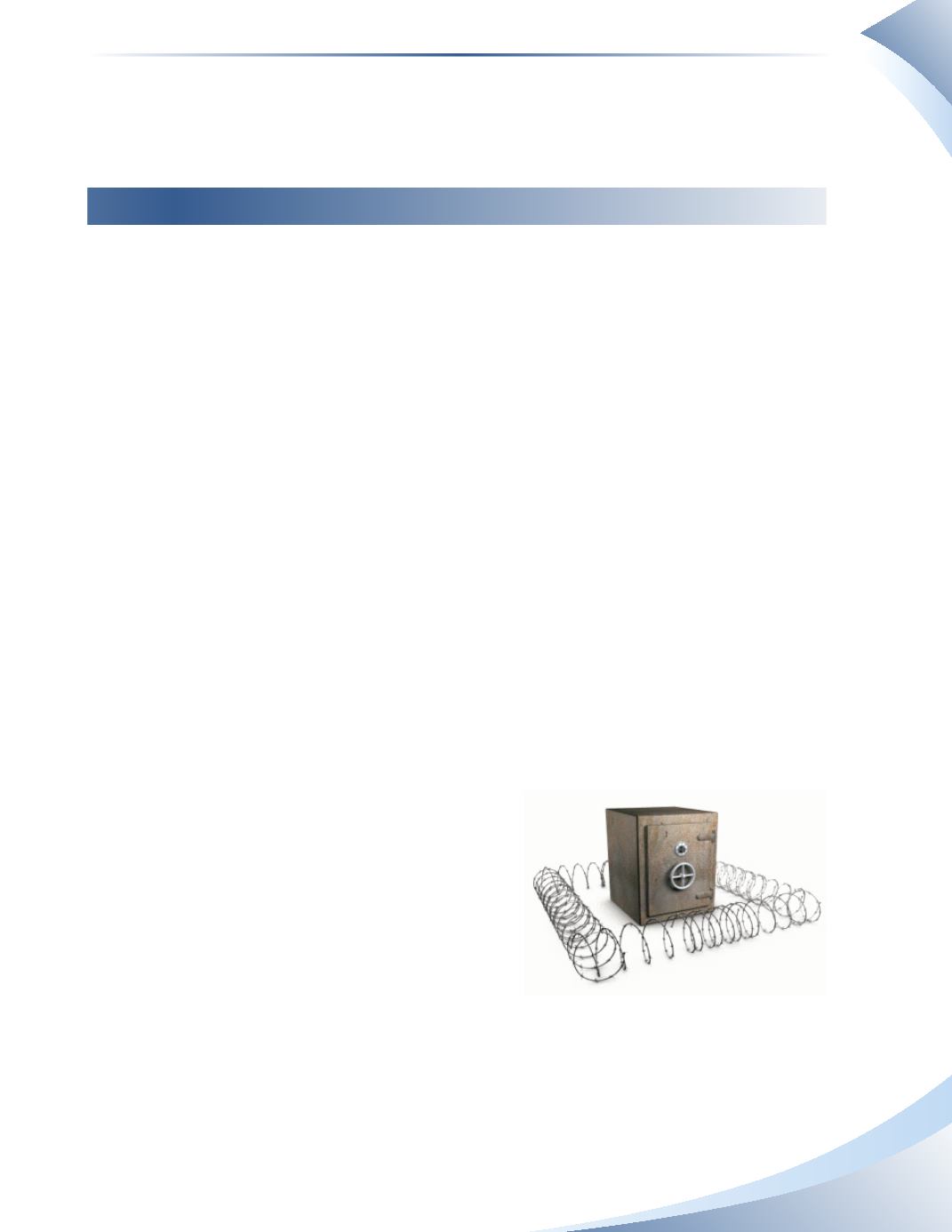
Chapter 10
Cash Controls
315
Figure 10.35 shows the presentation of cash items shown in order of liquidity, with actual cash
items listed before cash equivalents. Specifically, petty cash and cash equivalents are shown as
separate line items.
Controls in Business
While this chapter looks in depth at cash controls, there are many control aspects that pertain to
businesses which are not related to cash. Consider the controls in your personal life. You have a
lock on the doors and windows to your house or apartment. You have a PIN on your bank card
or credit card. You have access to a bank statement which allows you to monitor all the deposits
and withdrawals from your bank account. The lock, PIN and bank statement are all considered
controls. Why do you have controls? Although you might believe that most people are honest
and trustworthy, you want to protect the things you own and make sure that all payments and
transactions are authorized. Businesses also implement controls to protect what they have.
Definition of Controls
Controls
are procedures and methods used to protect assets, monitor cash payments, ensure
transactions are authorized and generally make sure the accounting records are accurate. These
procedures can include cash controls, budgetary controls, credit controls, working procedures,
inventory controls, production processes, hiring policies and quality measures.
The purpose of internal controls is to provide reasonable assurance regarding the
• effectiveness and efficiency of operations
• reliability of financial reporting
• compliance with applicable laws and regulations
Internal controls are designed to
• align objectives of the business
• safeguard assets
• prevent and detect fraud and error
• encourage good management
• allow action to be taken
• reduce exposure to risks
• ensure proper financial reporting
• ensure accuracy and validity
Implementing Controls
Under an adequate system of internal controls, each business transaction is complete, accurate,
authorized, real (i.e. it exists), and valid. In addition, when internal controls are present, errors in
the system are automatically identified and corrected, duties are segregated and financial reports
are timely.


